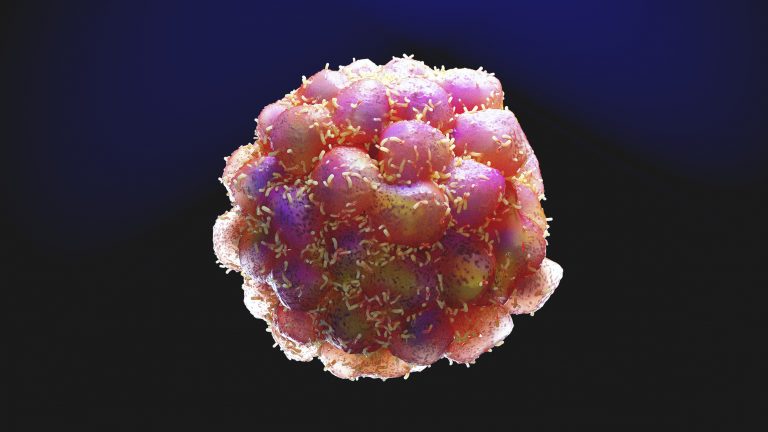
A hallmark of cancer cells is that they lack contact inhibition, which normal cells demonstrate. Instead, cancer cells crowd together, which helps them spread. A key player in this process is an oncogene called YAP. Now, researchers have uncovered a previously unknown function for YAP. Their findings not only add important basic science knowledge to our understanding of cancer growth, it could also provide new insights for precision medicine.
This investigation was conducted in the lab of Joseph Kissil, Ph.D., professor of Molecular Medicine at Scripps Research in Florida. His team’s work was recently published in Cancer Research, a journal of the American Association for Cancer Research.
“What we show here is that YAP can also turn off genes, not just turn them on,” Kissil says. “It shuts down genes that would otherwise prevent cells from proliferating.”
Healthy cells and developing organs “know” when they should grow and when they should stop growing, based on multiple signaling molecules. These signals are transmitted by YAP and the Hippo pathway.
Many gaps exist in the scientific understanding of the mechanism controlling the behavior of cancer cells and why they grow the way they do. Increasing cell density normally activates a change in cell signaling. This occurs via elevation of p27, a protein involved in initiating contact inhibition. But a disrupted Hippo pathway interferes with normal YAP behavior and blocks the expected p27 surge.
Kissil says the team was surprised to find YAP in this uncharacteristic role of shutting down gene transcription. Previous studies described YAP is an activator of genes that promote cell growth. The reality, however, is much more complex.
Finding the players that both interact with YAP and have a functional role in promoting cancer growth required use of a genome-wide bioinformatics technique called ChIP-seq. The work involved collaboration with the labs of Matthew Pipkin, PhD, of Scripps Research in Florida, and Michael Kareta, PhD, of Sanford Research in Sioux Falls, South Dakota. They used ChIP-seq to map the overlapping relationships of the YAP-linked genes, which number in the thousands.
They worked specifically in human Schwann cells, which are peripheral nerve cells that produce the insulating myelin around nerves, but the findings should apply to other cancers, Kissil says.
The team looked at YAP in the context of cell crowding. They learned that YAP’s role involves recruitment of other interacting proteins that include YY1, also known as Yin-Yang 1, EZH2 and a protein complex called PRC2. Those will also be important to study further, Kissel says, as well as the interaction of these players in the context of cancer drug resistance.
“When we target YAP in cancer, we are targeting its function as an activator of cancer, but we now know we also need to consider its suppressive functions, as well,” Kissil said. “We have to consider both the activation and the repression.”













